Silicone Beads for Crafts
Discover our silicone beads for crafts: round, hexagon, cube, flat craft beads for bracelets, necklaces, keychains , beaded pens, wristlets, lanyards. Get your Free Design Idea Book
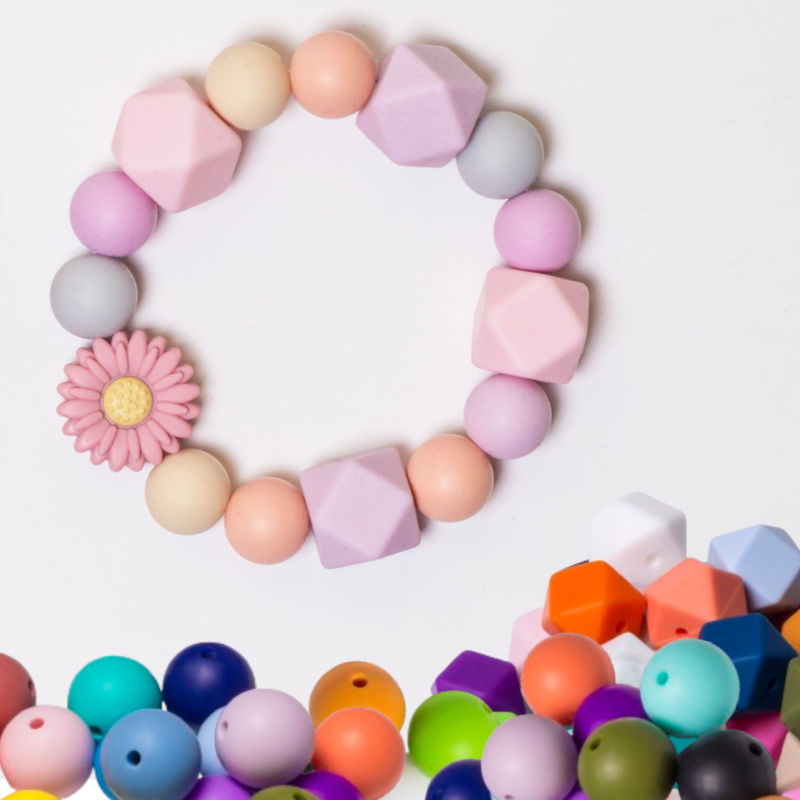
Original price was: $13.99.$7.99Current price is: $7.99.
43% Off
Original price was: $20.00.$13.99Current price is: $13.99.
30% Off
Original price was: $20.00.$13.49Current price is: $13.49.
33% Off
Original price was: $10.00.$4.99Current price is: $4.99.
50% Off
Original price was: $15.00.$11.99Current price is: $11.99.
20% Off
Original price was: $17.00.$15.99Current price is: $15.99.
6% Off
Original price was: $20.00.$19.99Current price is: $19.99.
0% Off
Original price was: $21.00.$18.99Current price is: $18.99.
10% Off
Tags
Tags
Shop Silicone Beads
Shop By Category
Learn to Bead With Us
Beading Tutorials – Tips and Tricks
Subscribe now and get special offers
From Our Blog
OUR MOST RECENT POSTS
Subscribe to our newsletter and get 10% Off!
These are really cute and colorful silicone beads for crafts. I really enjoy working with silicone beads as they are easy to hold on to. I use these along with focal beads and bubblegum beads for my air freshener cords. These are all uniform in size, no flaws, top quality beads. I will definitely purchase again.
I purchased these for my girls to make bracelets. They were the right size.
Category Description - Silicone Beads for Crafts
More on Silicone Beads for Crafts
Our collection of silicone beads for crafts is designed by very high standards of quality. With these cute charms and colorful silicone beads you can create trendy DYI craft jewelry that will appeal to a wide audience. For example, make a beautiful set of earrings or a stylish charm bracelet.
Clever Beads, silicone beads for crafts, a must-have for your crafting needs. These silicone beads are made of high-quality rubber material, ensuring durability and longevity for your finished products.
With a pack of 60 to 500 pieces, you have all the materials you need to create beautiful keychains and phone chains that are both stylish and functional. The soft and elastic nature of these silicone beads makes them easy to work with and perfect for a variety of crafting projects.
Not only are these silicone beads great for crafting, but they are also washable and easy to clean, ensuring that your finished products are always fresh and hygienic. Available in a variety of colors including white, black, navy blue, red, pink, turquoise, and green, the possibilities for your projects are endless. They are soft and elastic, perfect for making keychains and phone chains. They are also washable and easy to clean, ensuring your finished products are always fresh and hygienic.
Our silicone beads for crafts are available in a variety of colors including white, black, navy blue, red, pink, and turquoise, providing endless possibilities for your projects.
Facts About Craft Beads
Native American beadwork
Native American beadwork, already established via the use of materials like shells, dendrite, claws, and bone, evolved to incorporate glass beads as Europeans brought them to the Americas beginning in the early 17th century . Native beadwork today heavily utilizes small glass beads, but artists also continue to use traditionally important materials. Wampum shells, for instance, are ceremonially and politically important to a range of Eastern Woodlands tribes, and are used to depict important events.
Several Native American artists from a wide range of nations are considered to be at the forefront of modern American bead working. These artists include Teri Greeves (Kiowa, known for beaded commentaries on Native voting rights), Marcus Amerman (Choctaw, known for realistic beaded portraits of historical figures and celebrities), and Jamie Okuma (Luiseño-Shoshone-Bannock, known for beaded dolls).
Great Lakes tribes
Ursuline nuns in the Great Lakes introduced floral patterns to young Indigenous women, who quickly applied them to beadwork. Ojibwe women in the area created ornately decorated shoulder bags known as gashkibidaagan (bandolier bags).
Eastern Woodlands tribes
Innu, Mi'kmaq, Penobscot, and Haudenosaunee peoples developed, and are known for, beading symmetrical scroll motifs, most often in white beads. Tribes of the Iroqouis Confederacy practice raised beading, where threads are pulled taut to force beads into a bas-relief, which creates a three-dimensional effect.
Southeastern tribes
Southeastern tribes pioneered a beadwork style that features images with white outlines, a visual reference to the shells and pearls coastal Southeasterners used pre-contact.[32] This style was nearly lost during the Trail of Tears, as many beadworkers died during their forced removal to Indian Territory west of the Mississippi River. Roger Amerman (Choctaw, brother of Marcus Amerman) and Martha Berry (Cherokee) have effectively revived the style, however.
Sierra Madre tribes
Huichol communities in the Mexican states of Jalisco and Nayarit uniquely attach their beads to objects and surfaces via the use of a resin-beeswax mixture (in lieu of wire or waxed thread).
Métis Nation
Métis were known as the Flower Beadwork People by the Cree and Dene because of their culture of colourful floral beadwork and embroidery.[34] During the early 19th century, European and Euro-North American observers and travelers frequently noted the intricate beadwork adorning Métis clothing. This beadwork, particularly floral patterns, has evolved into one of the most recognizable symbols of Métis culture. Métis artisans employed First Nations beadwork techniques along with floral designs influenced by French-Canadian nuns in Roman Catholic missions. By the 1830s, vibrant and lifelike floral motifs dominated Métis creations from the Red River region. Beadwork adorned nearly every traditional Métis garment, from moccasins to coats, belts to bags. The practice of beadwork became a vital economic activity for Métis women and families, spanning generations and providing both personal and commercial expression. Métis organizations like the Louis Riel Institute and the Gabriel Dumont Institute actively promote and preserve traditional beading through workshops and resources, ensuring its continuation within the community.
Origins of beaded flowers
The exact origins and history of French beaded flowers are a bit hazy. Production was no doubt advanced by the Industrial Revolution, which increased availability of glass beads of regular size and color. By the late 19th and early 20th centuries, beaded flowers were sometimes used in ornate funerary arrangements, where wired beads made up flowers and could also be wrapped around a metal framework. These were perfect for use during winter months when fresh flowers were not readily available, and they were long lasting without the need to be watered or replaced.
Though there was certainly beadwork done in the early 20th century, this type of French beading gained its greatest popularity after World War II. Instructional kits were sold, complete with materials and patterns, and department stores such as Marshall Fields and Bloomingdale’s sold beaded flowers imported from France.
Today, Etsy sellers continue the tradition of French beading. Wired beads are sometimes used in conjunction with other beading techniques to create hair ornaments, jewelry and other items. Beaded flowers are particularly popular for wedding accessories and bouquets, where a few beaded elements can be used amidst fresh flowers or comprise the entire bouquet.
End of categ Silicone Beads for Crafts

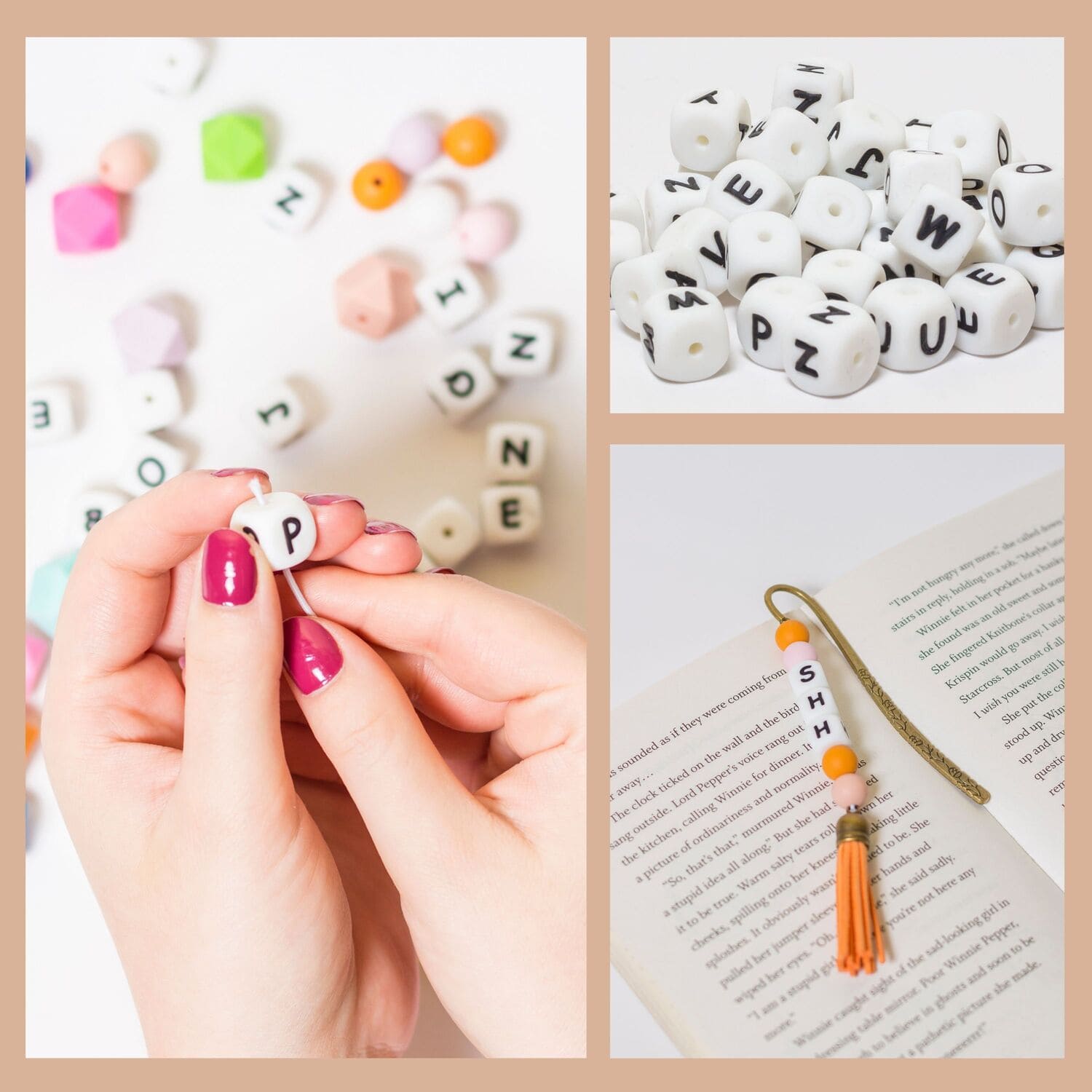
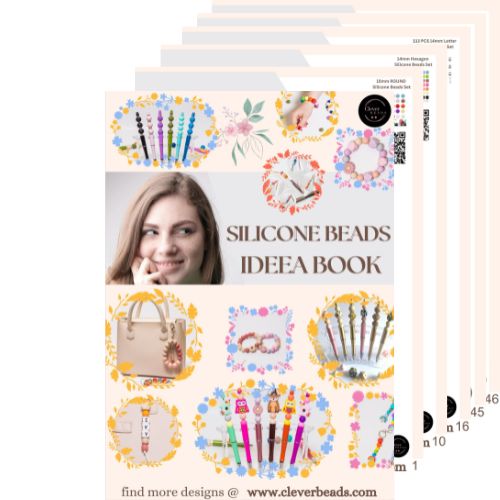





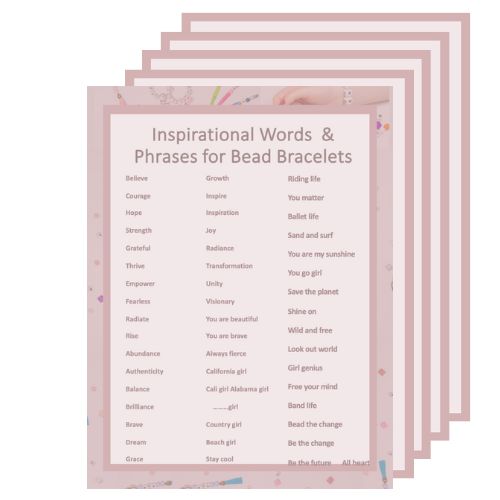
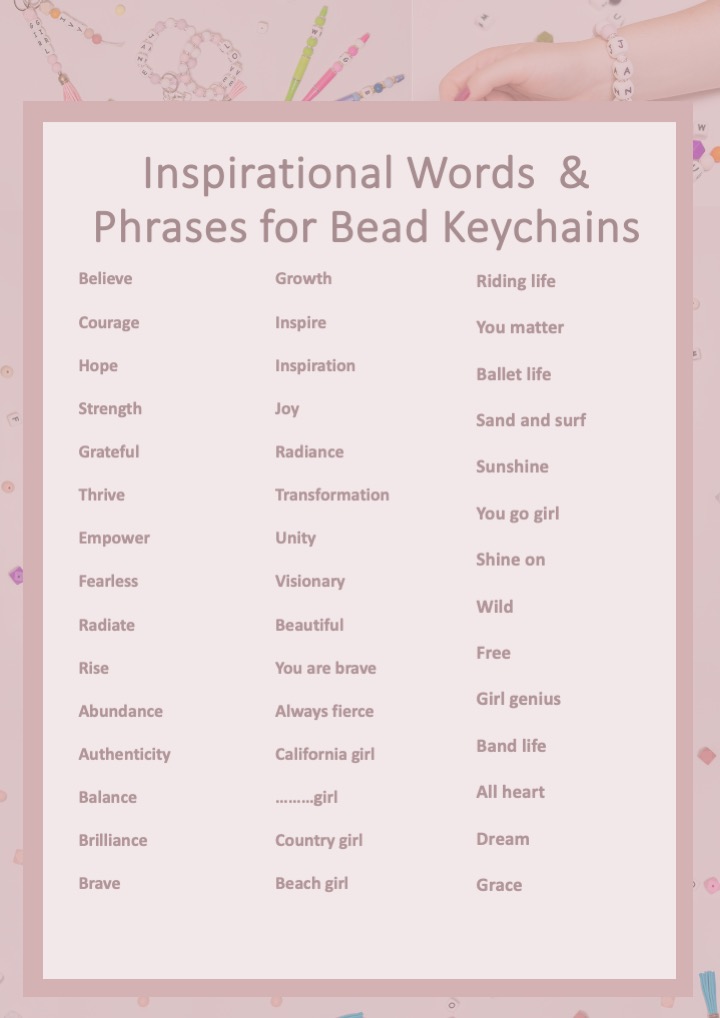


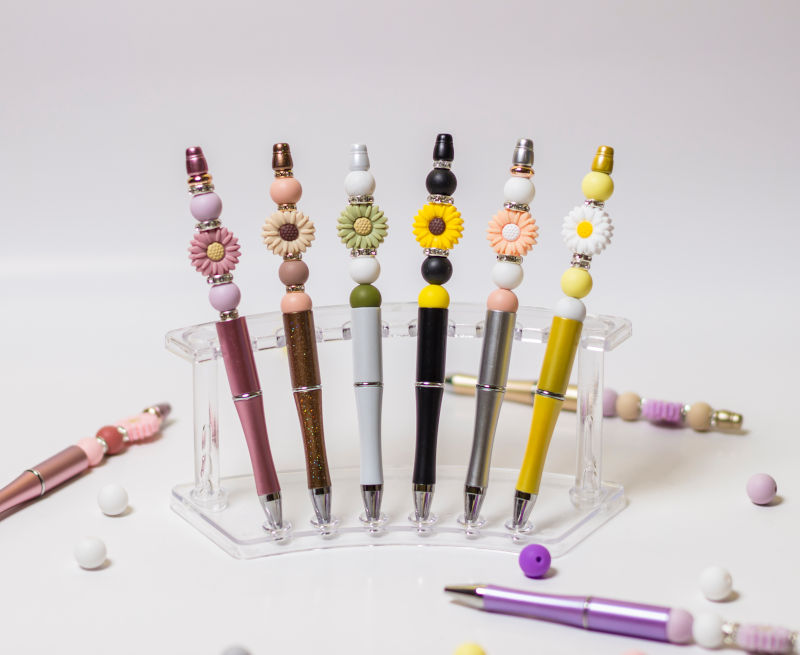
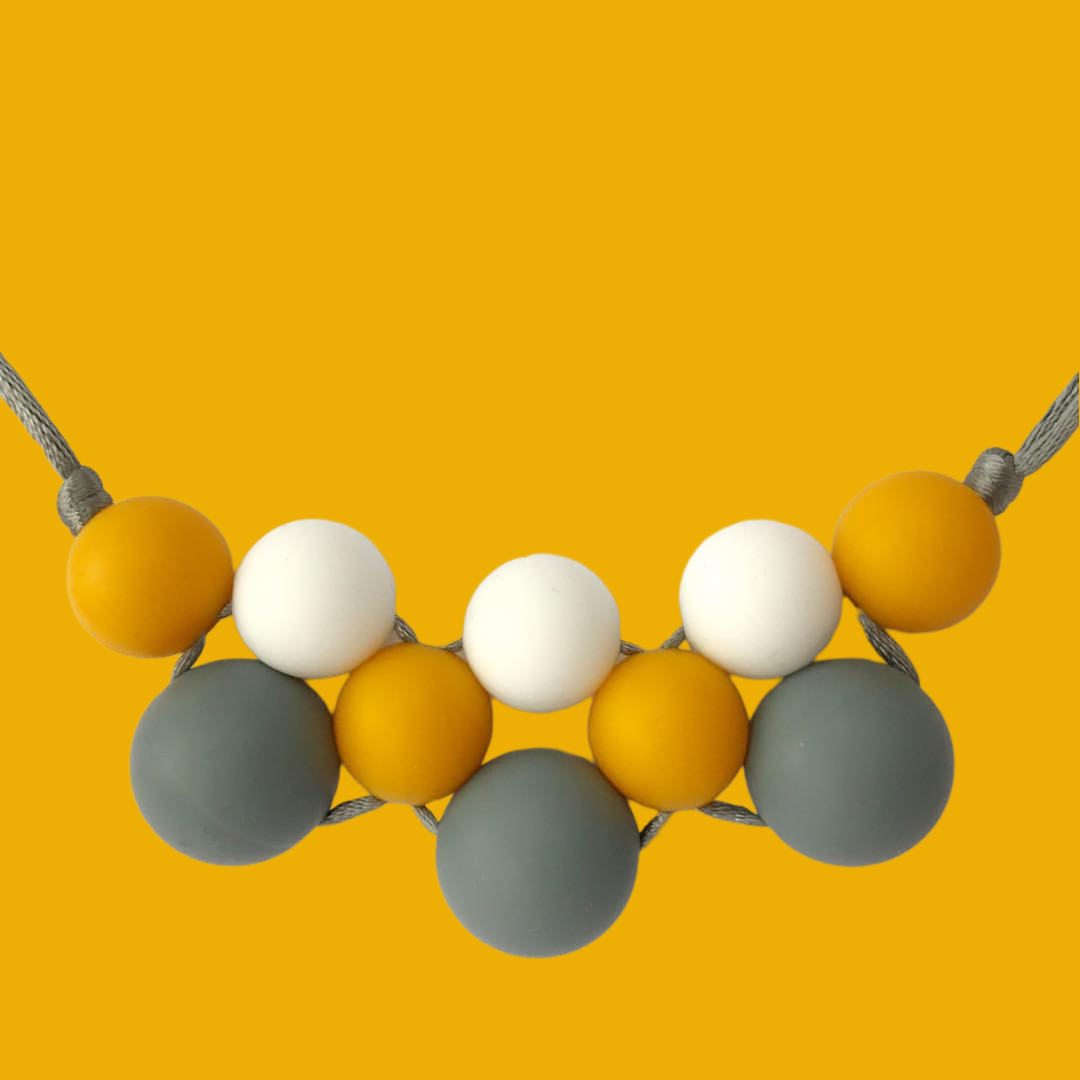
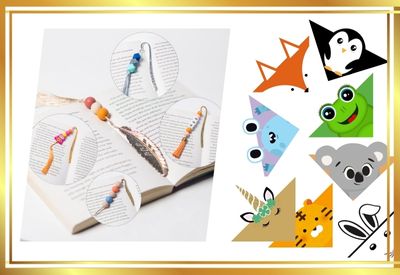
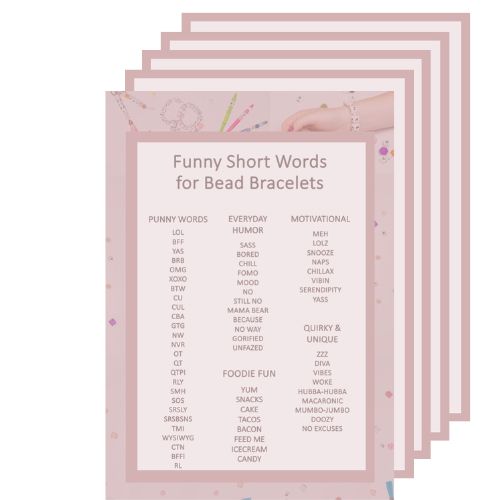

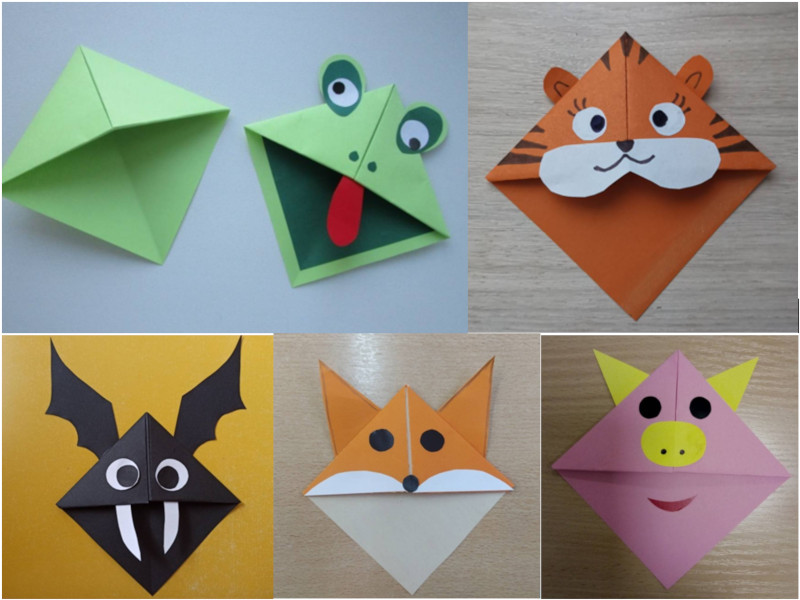
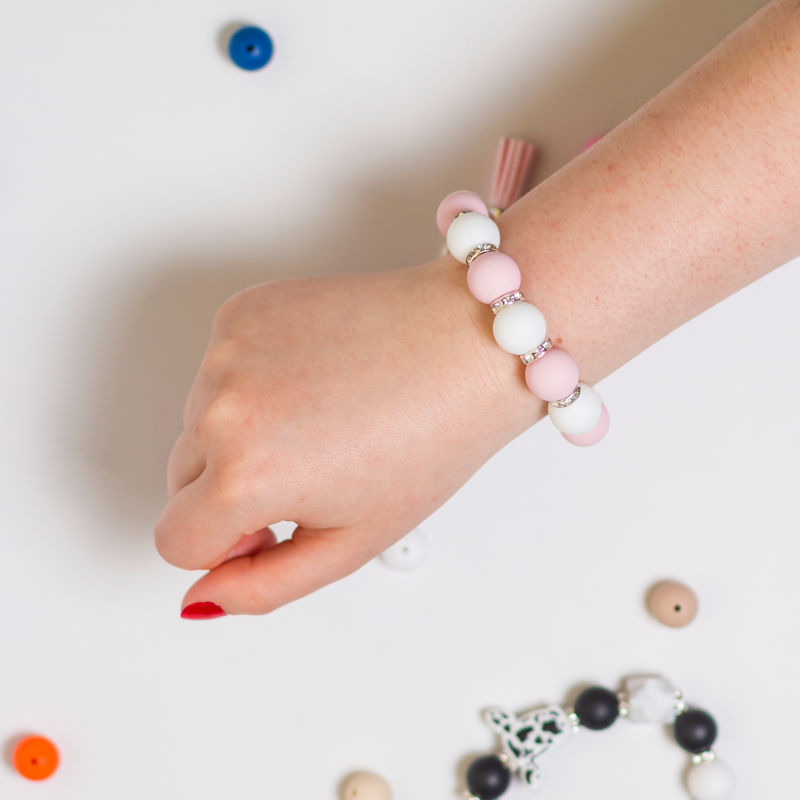
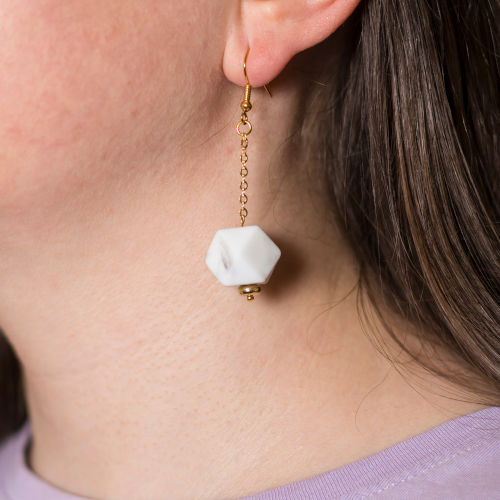
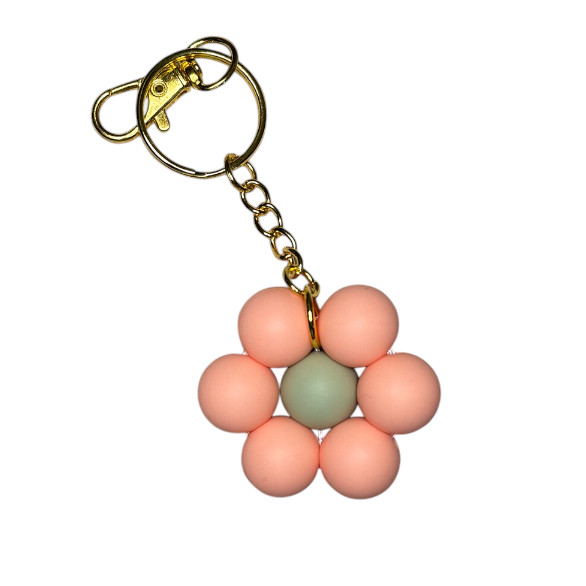




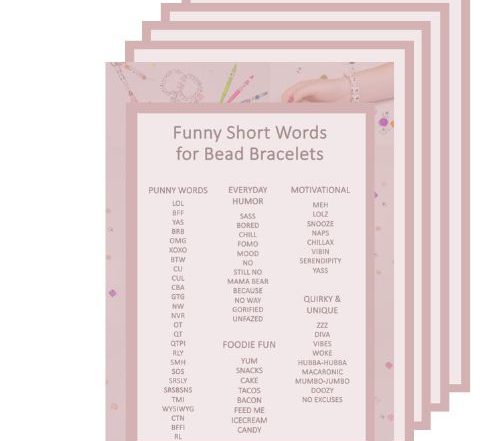


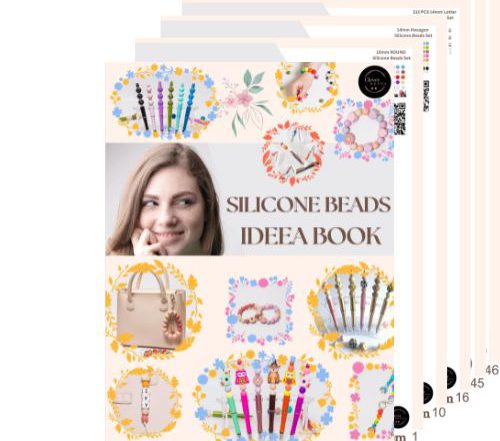




Pam says:
BettySweet says:
Jamie says: